There was great success for the new RAI fiction La lunga notte (The Long Night), which recounts in fictional form the weeks leading up to July 25, 1943, the day on which the Grand Council of Fascism voted on the agenda presented by Dino Grandi, thus causing the fall of Mussolini and the regime. The six-episode series (directed by Giacomo Campiotti, subject by Franco Bernini and Bernardo Pellegrini) revolves around the events in which the protagonist Dino Grandi, played by Alessio Boni, becomes involved. The historical consultancy bears the signature of Pasquale Chessa, a journalist and historian known for having written several books devoted to fascism. The fiction was shot in several historical locations in Rome, where the director evoked the places of power of the regime and the private homes of the protagonists of those days. We have carefully analyzed all the episodes and therefore reveal to you where the scenes were filmed, with precision, showing you the exact references. Here, then, are all the locations of The Long Night.
All the scenes that in the fiction are set in Palazzo Venezia, the seat of government during the years of the fascist regime, were actually filmed at the Palazzo della Cancelleria, whose facade, courtyard, interiors, and in particular the magnificent “Hall of the Hundred Days,” which in the TV drama became Benito Mussolini’s office, are seen in La lunga notte. This room is one of the masterpieces of Mannerism: it is the Hall of Honor of the palace and owes its name to the fact that the author of the frescoes, Giorgio Vasari, boasted that he had finished the work in only a hundred days (and Michelangelo, to taunt his younger colleague, is said to have said, according to tradition, “you can see!”). Today the 15th-century building, built with travertine reused from the Colosseum and located near Campo de’ Fiori, is home to the Holy See’s courts: the Apostolic Penitentiary, the Apostolic Signatura and the Roman Rota. It can currently be visited only on Saturday mornings (and when there are no events) by reservation.
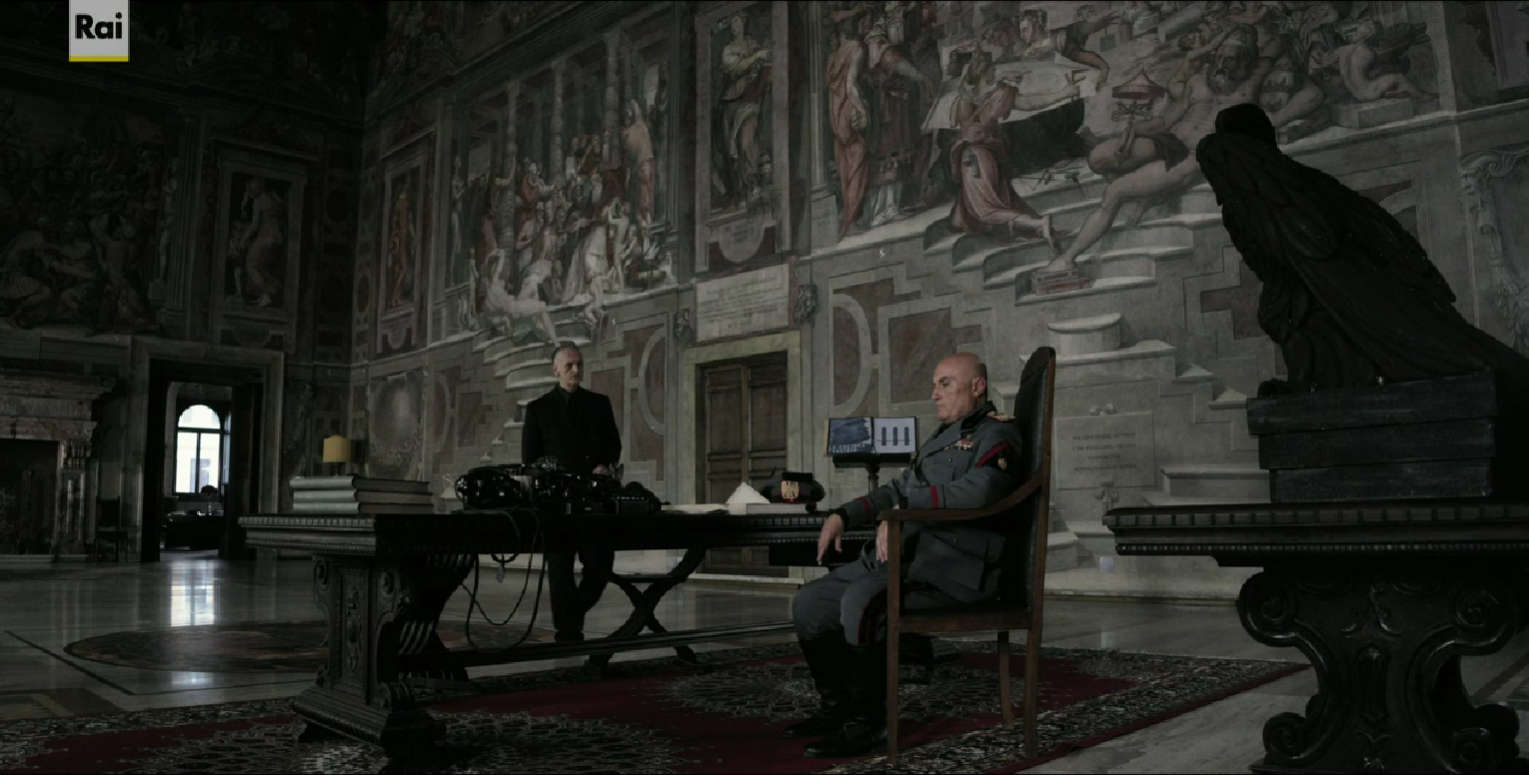
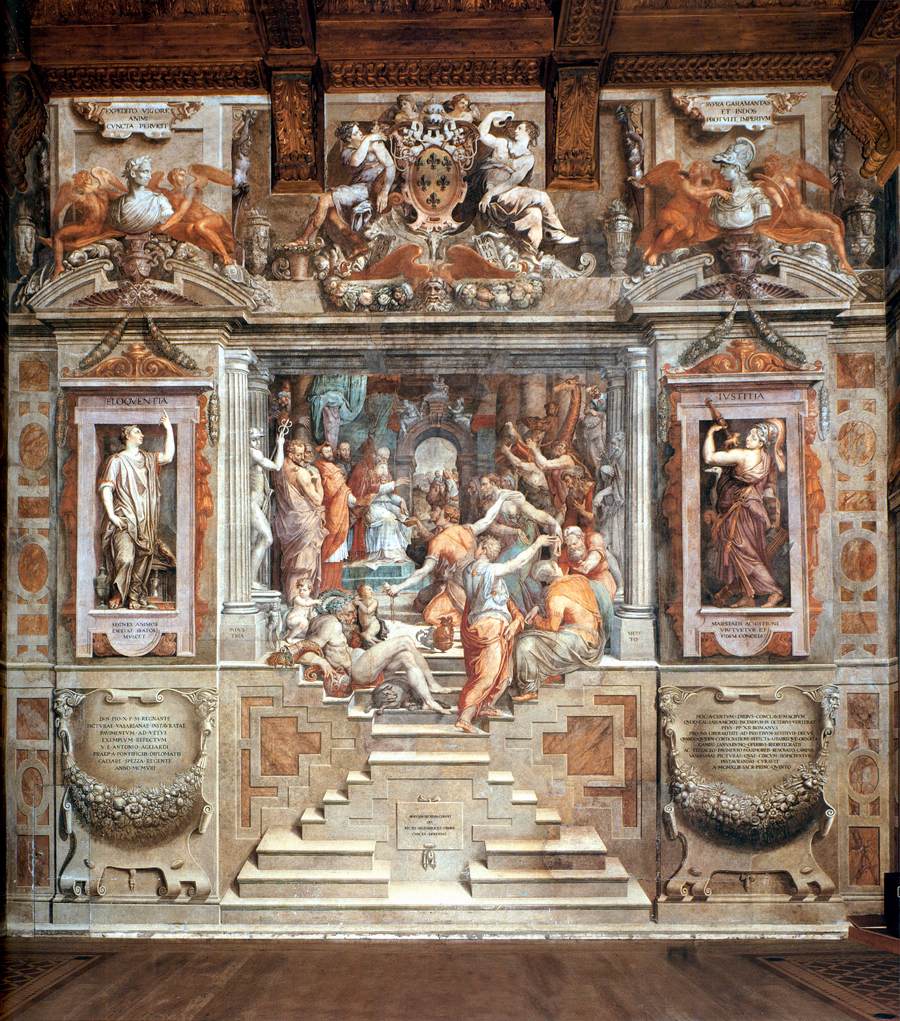
During the monarchy, the Quirinale was the residence of the Savoy family in Rome. When scenes feature King Victor Emmanuel III and his family members, the exterior actually shows the walls of the Quirinale, but the interior is that of the Doria Pamphilj Gallery in Rome. The gallery houses the sumptuous collection of the family of the same name and is still run by the Doria Pamphilj. Today it is a visitable museum that houses masterpieces by Caravaggio, Titian, Velázquez, Correggio, Bernini, and many others. The fiction shows the four arms of the collection (including the splendid mirror gallery) and the rooms leading to the arms above the courtyard.


In the first episode we see Edda Mussolini, daughter of the Duce, arriving by car at her and her husband Galeazzo Ciano’s house. The building seen is Villa Ciolfi, an early 20th-century building that long housed the headquarters of the Embassy of Ireland. It is located on Viale delle Terme di Caracalla.
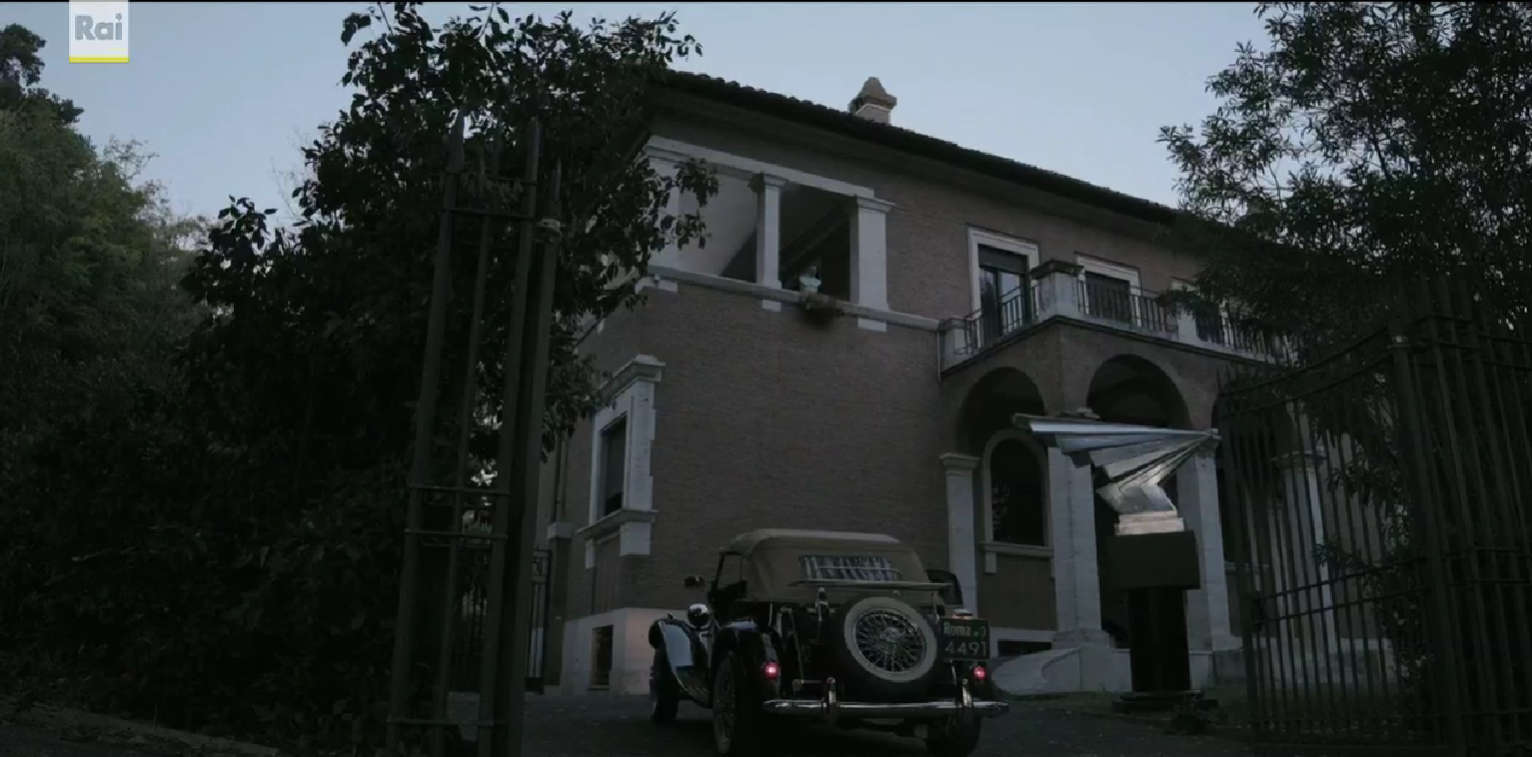
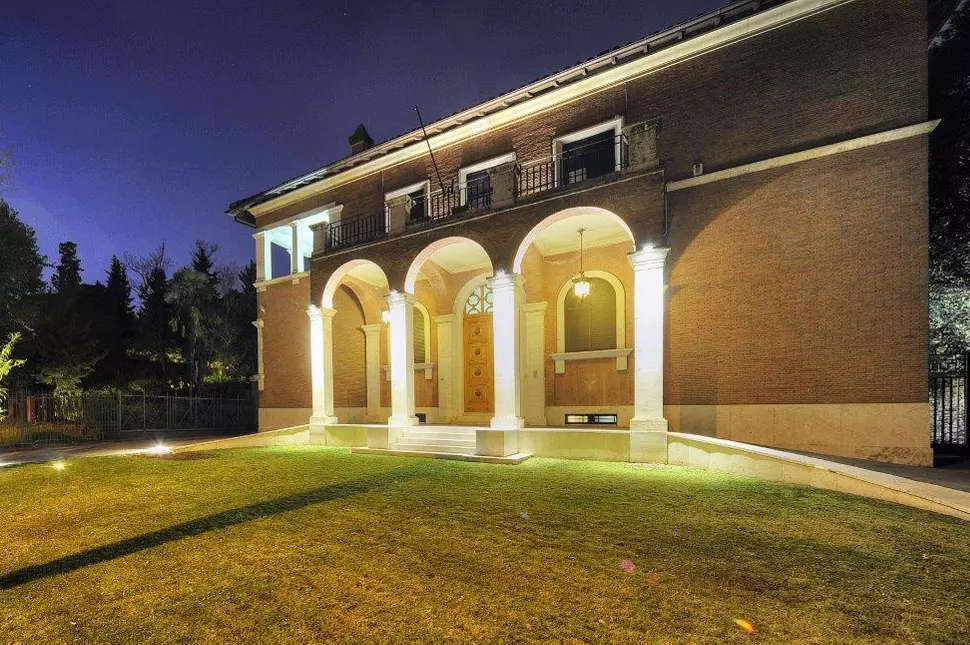
On March 25, 1943, Dino Grandi received from Vittorio Emanuele III the collar of the Order of the Most Holy Annunciation, the highest honor bestowed by the House of Savoy. In Grandi’s diary we read that to receive the honor, the then president of the House of Fasci was summoned to the Quirinal Palace. In the fiction, the chapel, loggia and courtyard that are seen during the awarding of the collar are those of Palazzo Altemps, a marvelous Renaissance palace built in the 15th century at the behest of Cardinal Girolamo Riario, located a few steps from Piazza Navona, today one of the sites of the National Roman Museum.
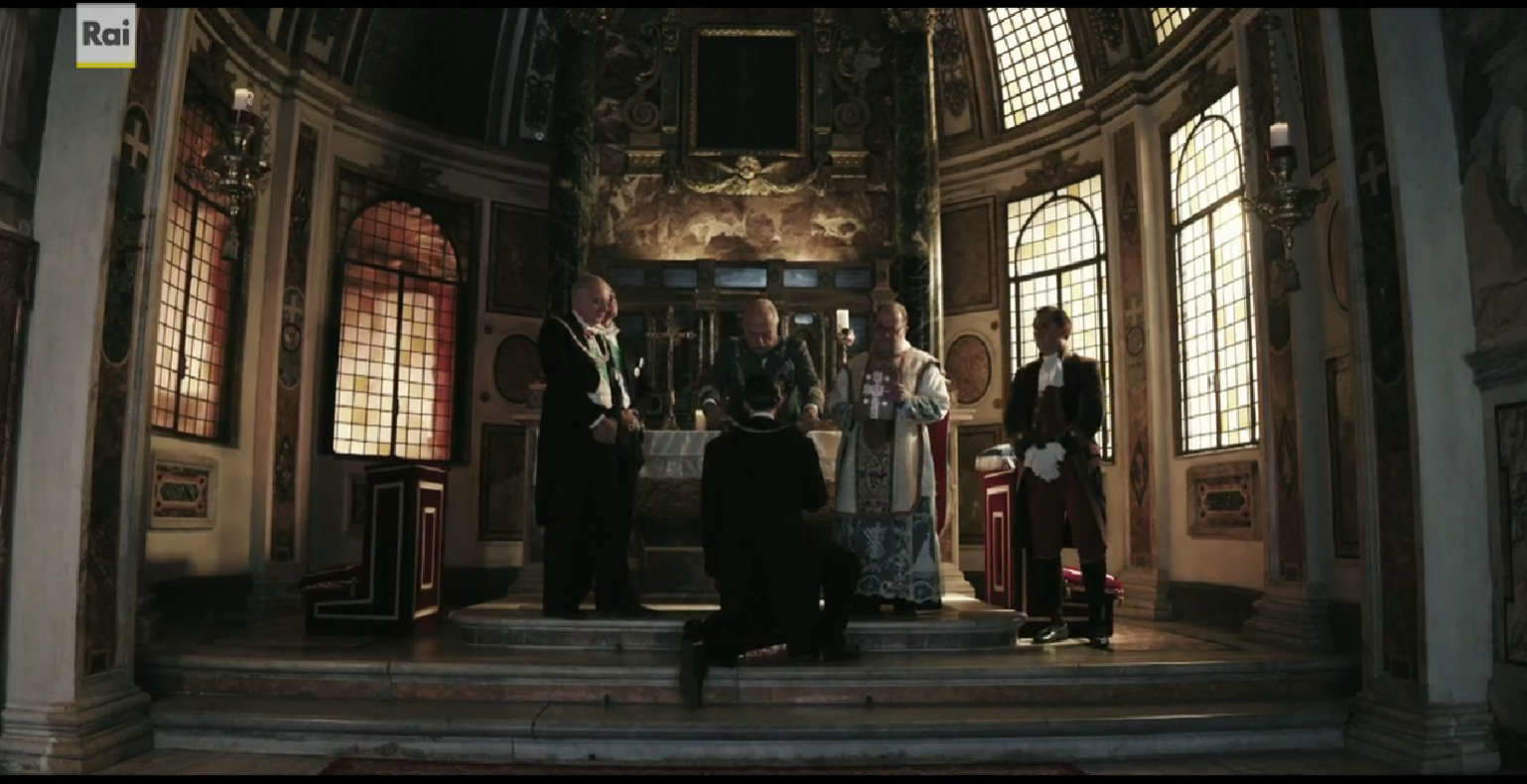

From what we understood, the only historically respected location is that of Villa Torlonia. One scene shows Benito Mussolini returning from the fictional Palazzo Venezia to his Roman residence, where his wife Rachele and daughter Anna Maria are waiting for him. Mussolini was residing at Villa Torlonia at the time, and the building seen in the film is actually the Casino Nobile of Villa Torlonia, where the duce lived from July 22, 1925 until July 23, 1943. The building took on its present appearance in the 19th century, with work commissioned by Giovanni Raimondo Torlonia from Giuseppe Valadier.
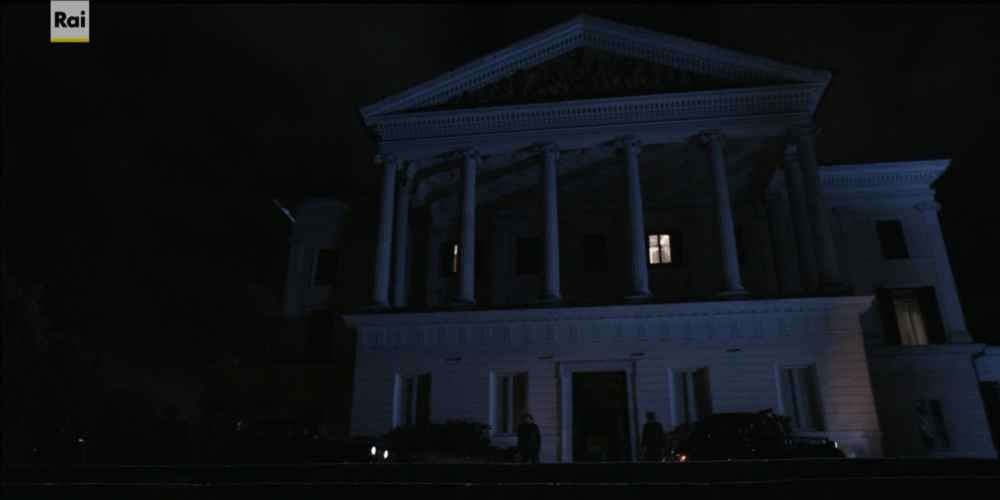

The scene in which Dino Grandi goes to the headquarters of the National Fascist Party to urge Secretary Carlo Scorza to ask Mussolini to convene the Grand Council of Fascism was filmed at the Historical and Cultural Institute of the Army of the Military Engineers. At the time of the events recounted in the script, the party was headquartered in the Palazzo Wedekind in Piazza Colonna. On the other hand, the Historical and Cultural Institute of the Army of the Military Engineers is located on the Lungotevere della Vittoria: founded in 1906 as the Museum of Military Engineering, it had its first location inside Castel Sant’Angelo, after which, following several moves, the museum was permanently transferred to today’s building in 1939, in a dedicated and specially built location.
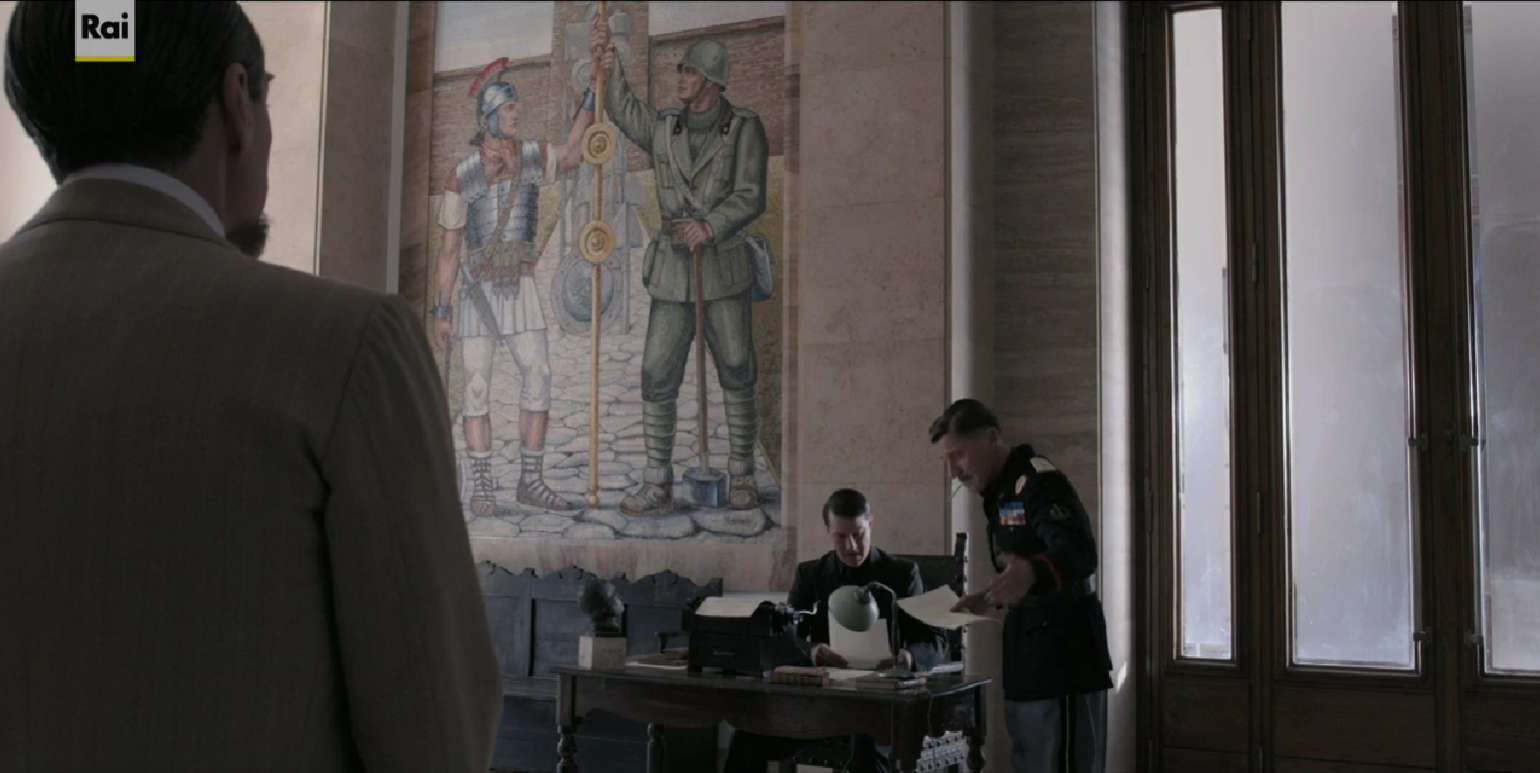
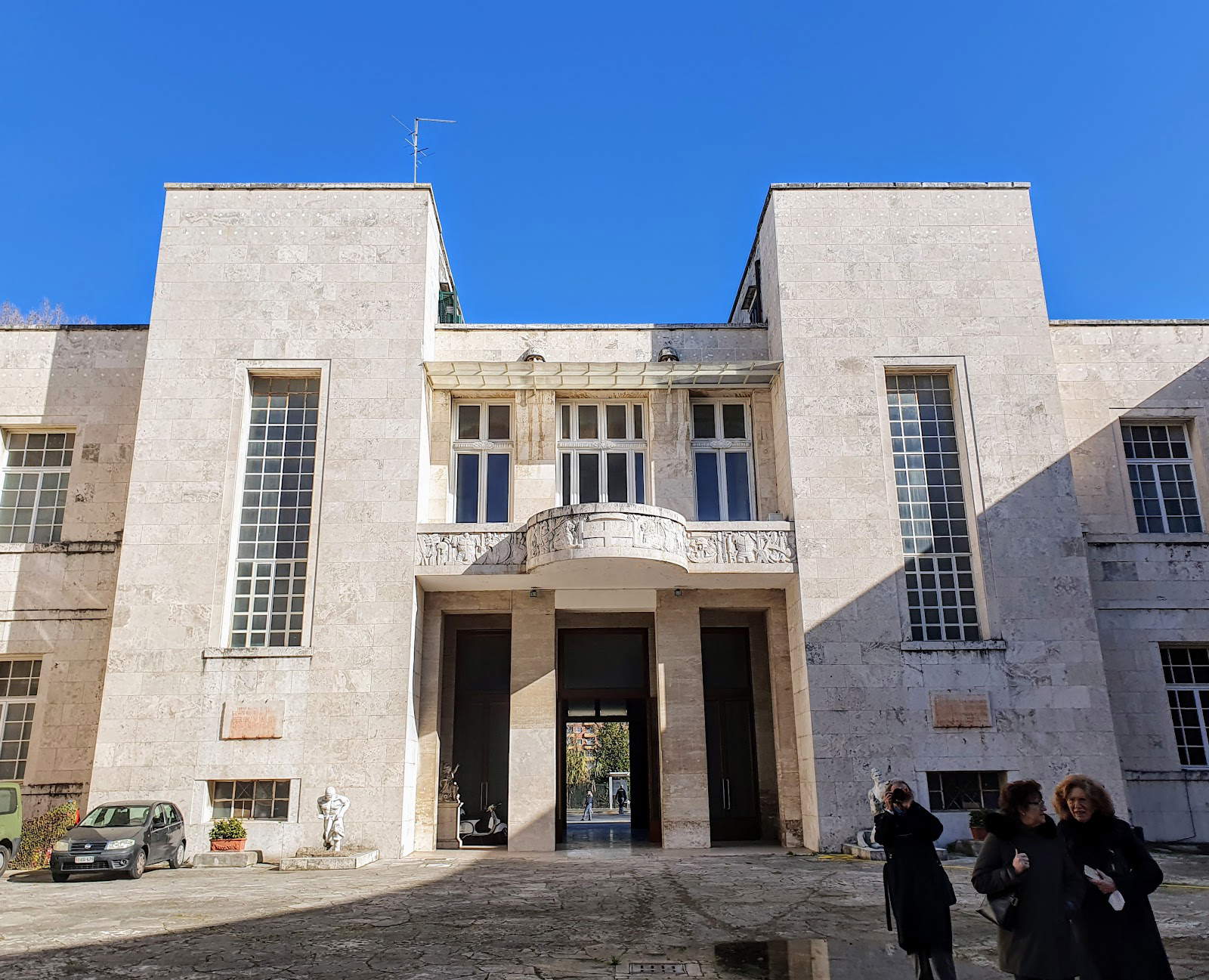
The scenes in which Princess Maria José of Belgium, wife of Prince Umberto II of Savoy, receives her guests for an interview (in one scene Cardinal Montini, future Pope Paul VI, in another Dino Grandi), are filmed in the Hendrik Andersen Museum. This is the museum that houses the collection of sculptures by Norwegian Hendrik Christian Andersen, bequeathed by him to the state after his death in 1940. The museum is housed in a building that was built between 1922 and 1925 and designed by Andersen himself. The gallery, the most spectacular room in the museum, where the Scandinavian sculptor’s plaster casts, marbles, and bronzes are kept, is where scenes are filmed.
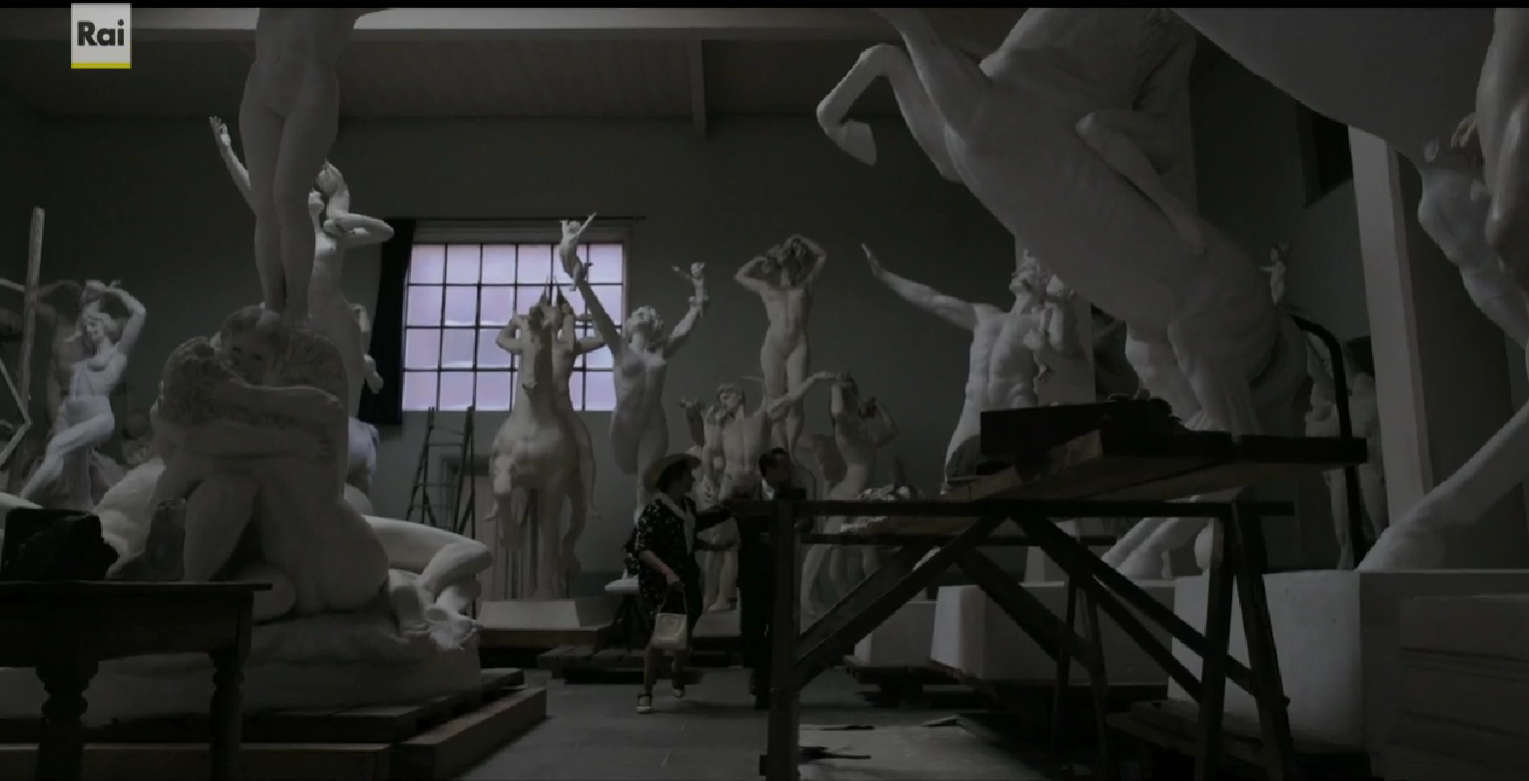
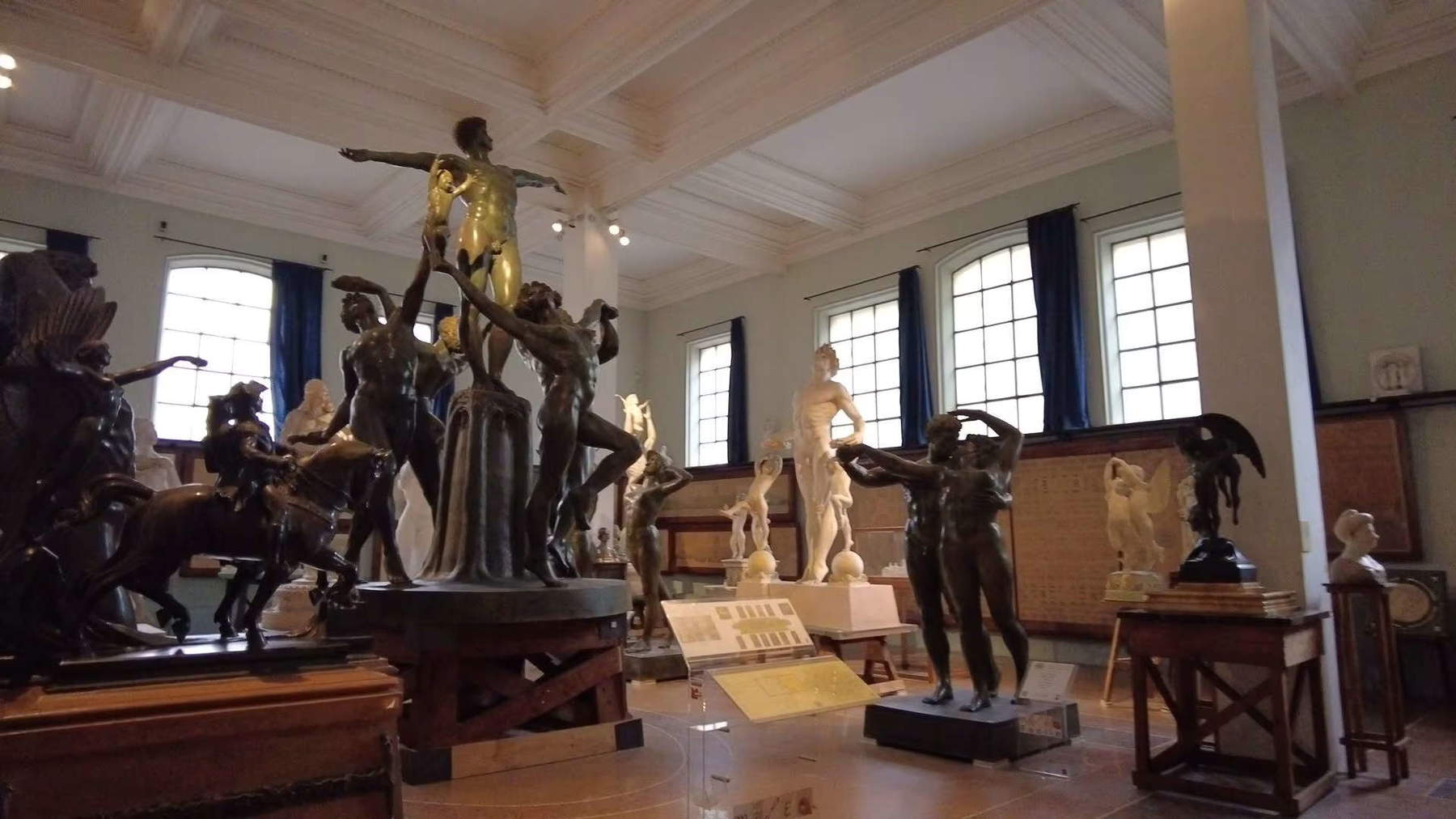
Some scenes in the fiction are filmed in what are supposed to be the gardens of the Quirinale. These are actually the gardens of Palazzo Farnese in Caprarola, made in 1565 on some terraces behind the main elevation of the 16th-century palace. Palazzo Farnese has already been the location of numerous films and television series in the past.
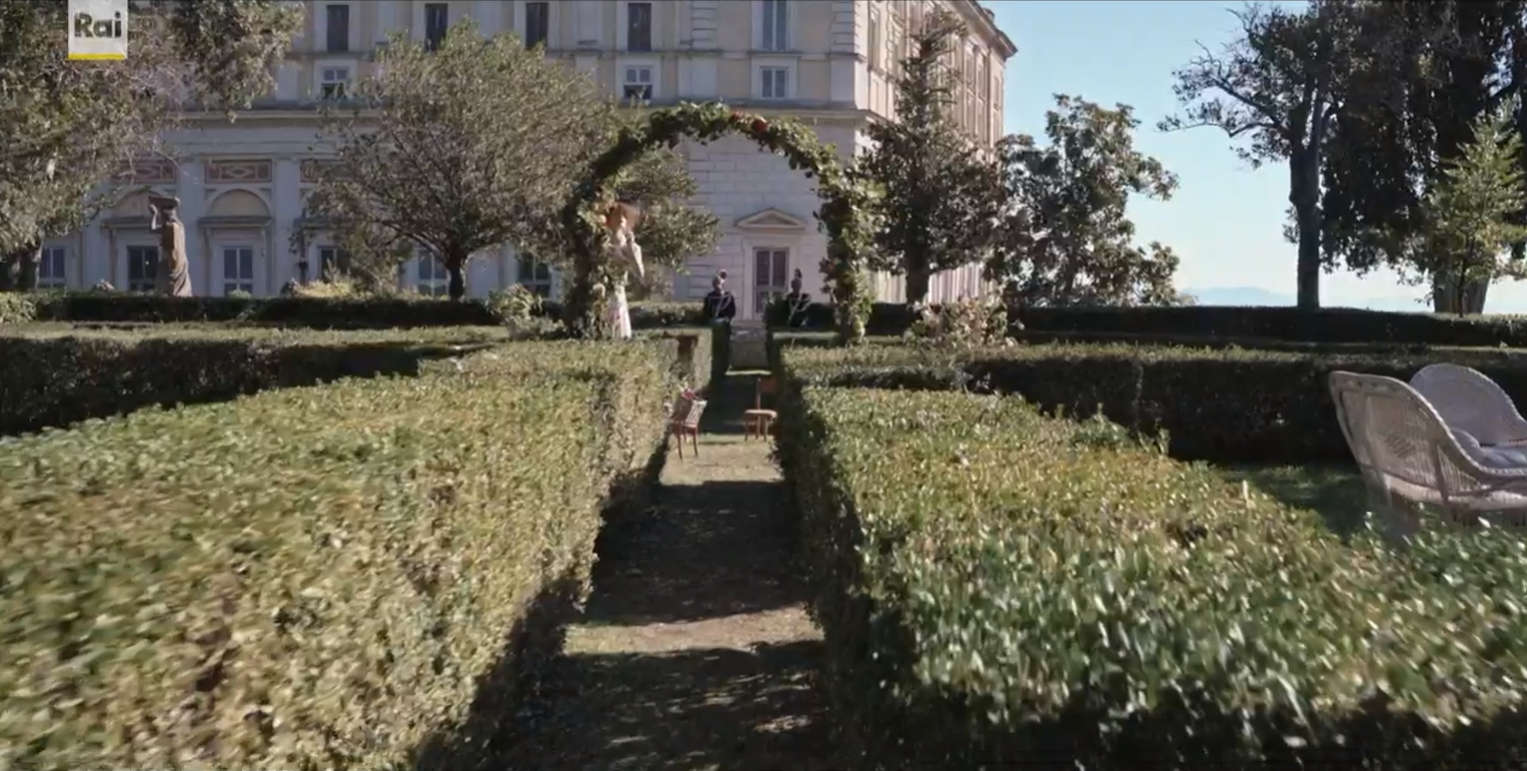

On June 4, 1943, Victor Emmanuel III granted an interview to Dino Grandi during which the Speaker of the House unsuccessfully asked the king to remove Mussolini from the government. The fiction imagines the meeting in what was then Victor Emmanuel III’s hunting lodge in Rome, Villa Ada. The scenes, however, were shot at the Park Hotel Villa Grazioli in Grottaferrata, an important cardinal’s residence nestled in the hills of the Castelli Romani (it was built in the late 16th century by Cardinal Antonio Carafa, and in the 17th century it was also the property of Scipione Borghesse, while in the 19th century it was purchased by Duke Pio Grazioli): today it is home to a hospitality facility, the Park Hotel Villa Grazioli.
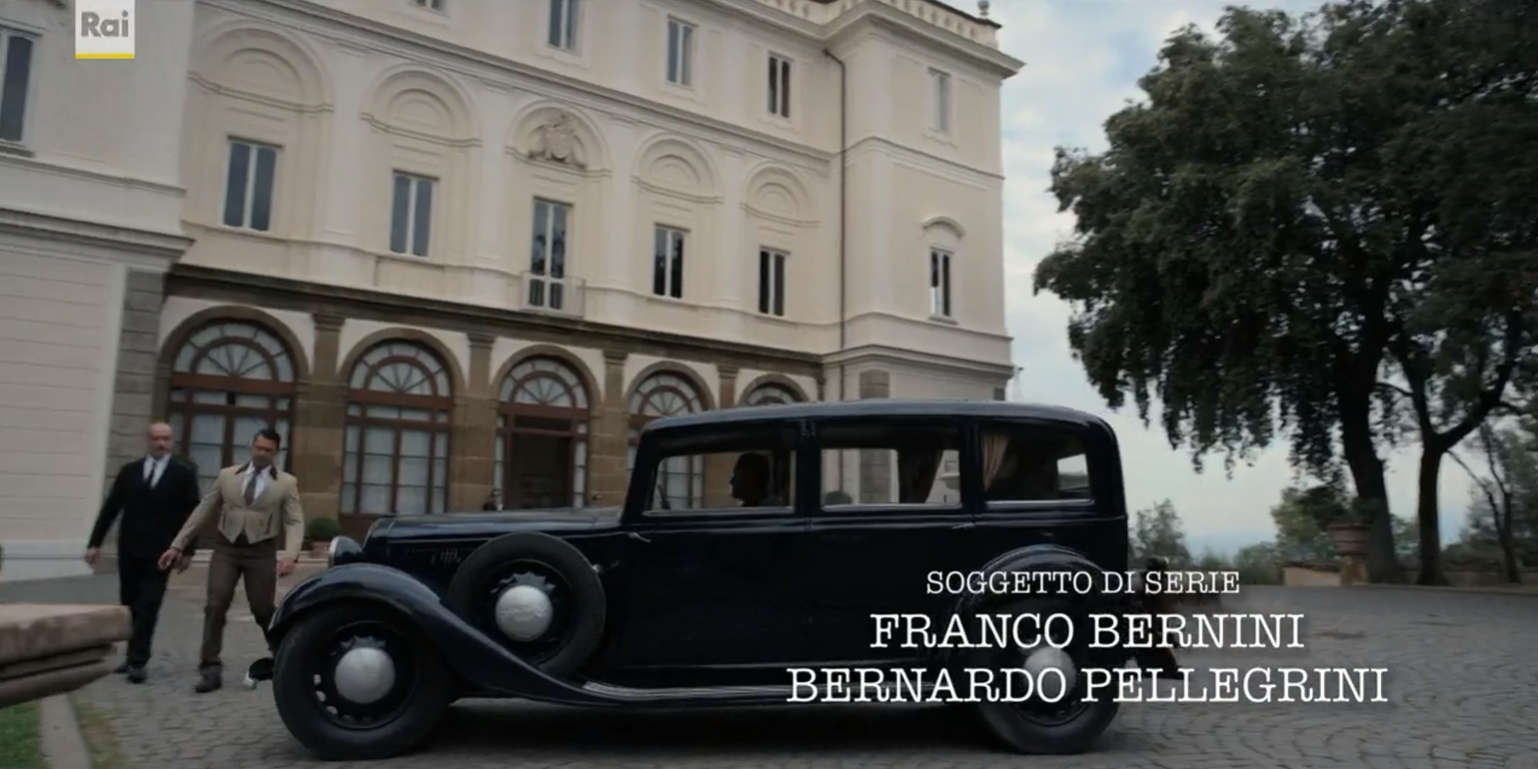

On July 19, 1943, as the Allies had begun bombing Rome, Mussolini and Hitler met at the foot of the Dolomites, in Feltre, at Villa Gaggia. The location had been chosen because it was more or less halfway between Berlin and Rome. The scenes were actually shot near Rome, at Villa Tuscolana, which is located in Frascati and was built in 1578 at the behest of Cardinal Alessandro Rufini. It was then renovated in the 18th century, the era to which its current appearance dates. Today it is also home to a hotel, the “Villa Tuscolana.”
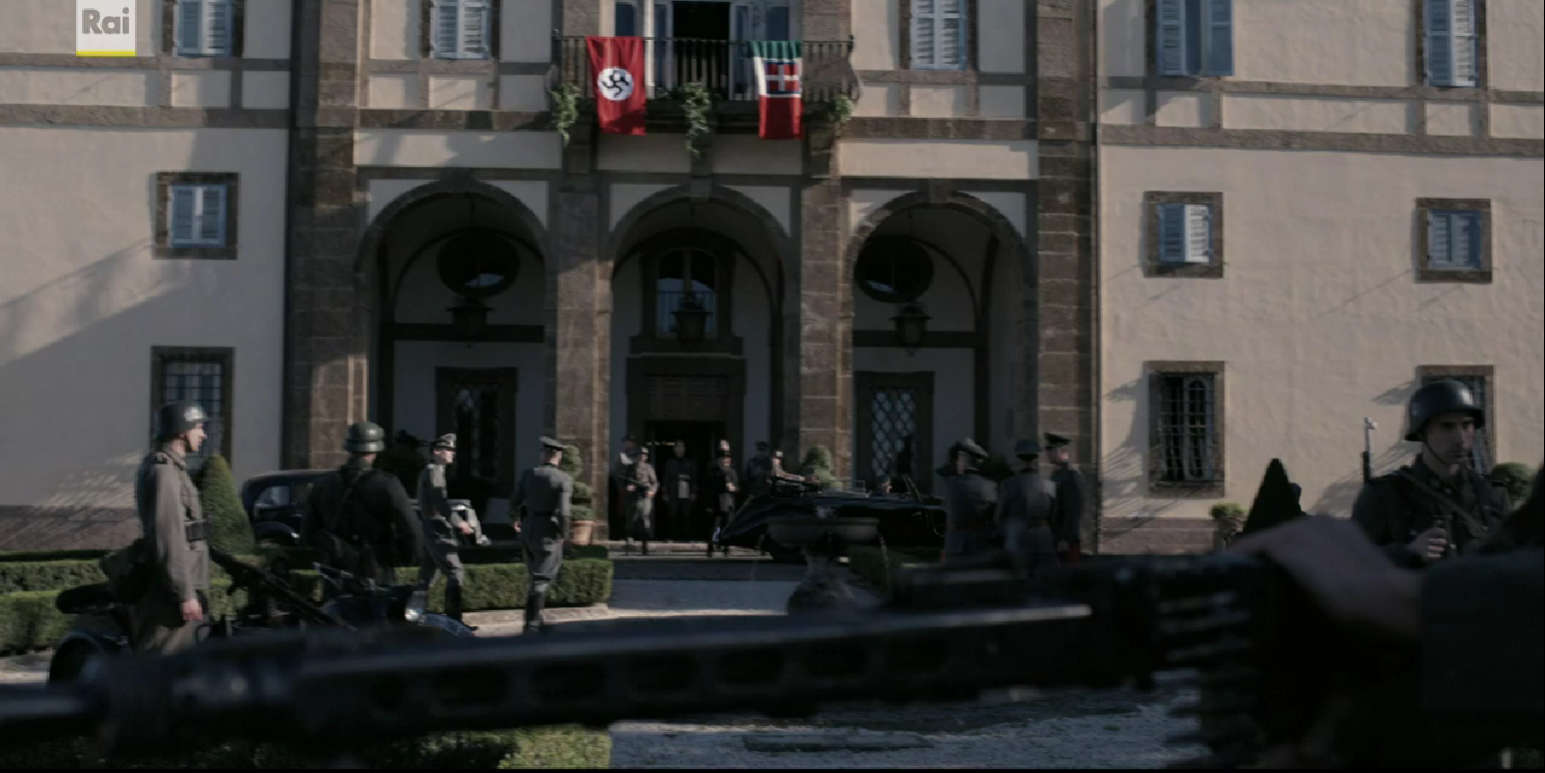
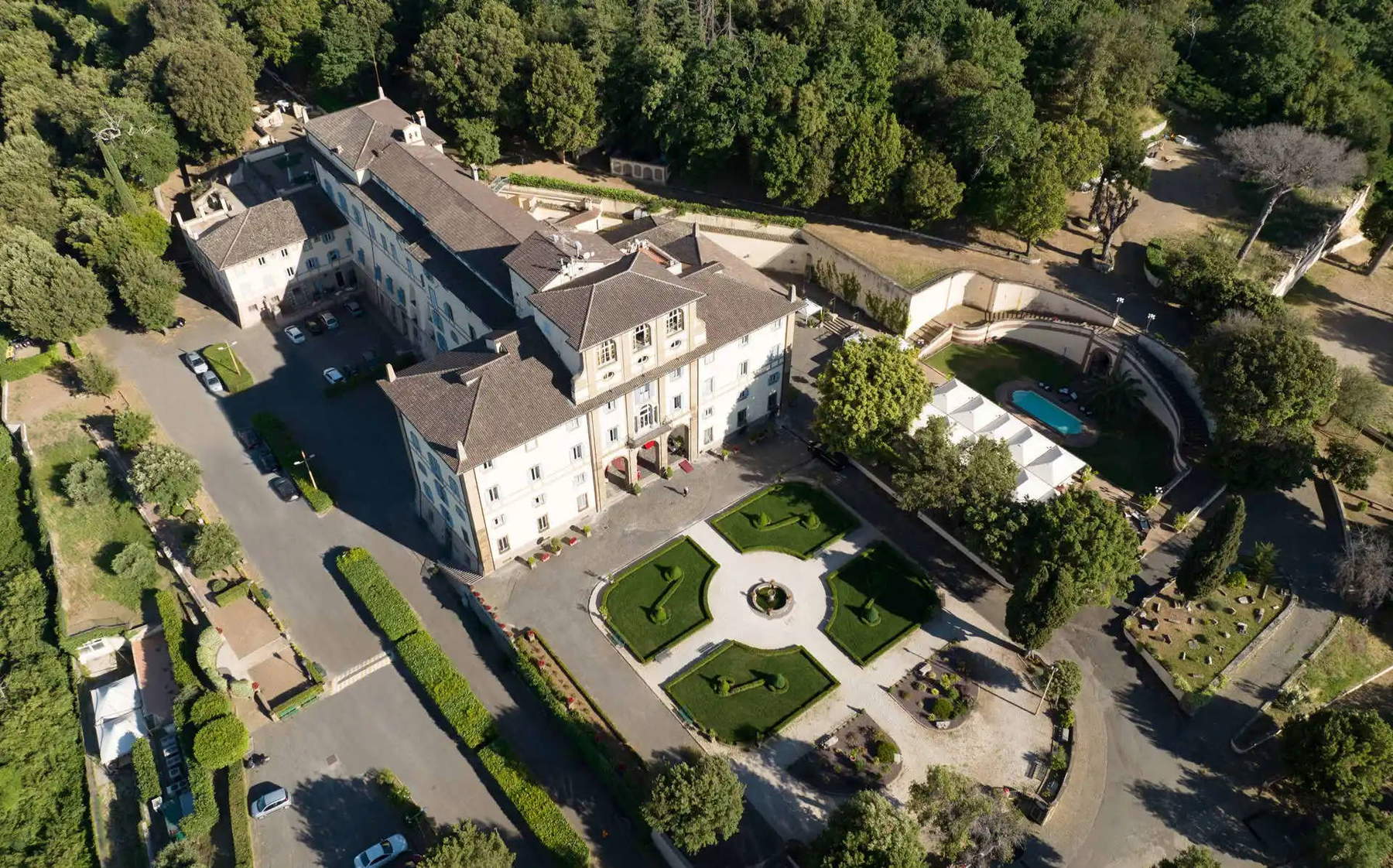
 |
| All the locations where the drama The Long Night was filmed. |
Warning: the translation into English of the original Italian article was created using automatic tools. We undertake to review all articles, but we do not guarantee the total absence of inaccuracies in the translation due to the program. You can find the original by clicking on the ITA button. If you find any mistake,please contact us.